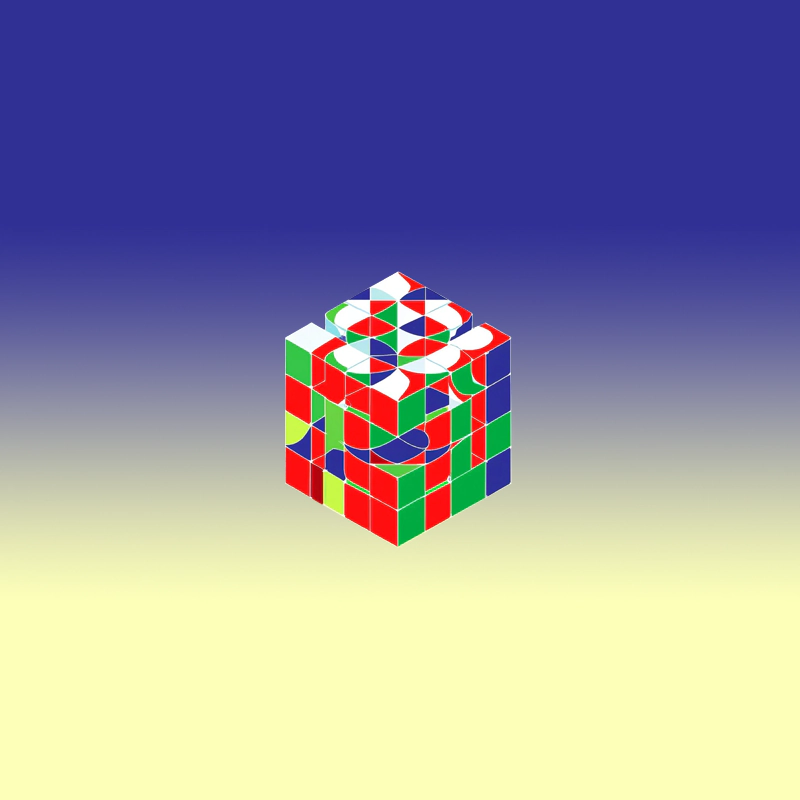
OpenAI is known for its generative pre-training models that can learn world knowledge and process long-range of dependencies with long stretches of text.
OpenAI wants "to ensure that artificial general intelligence (AGI)" can benefit humanity, the company wants to pursue AGI by making it capable of performing tasks that are useful to humans. But before that can happen, AIs need to first understand the real word.
To do that, its AI needs to go beyond just text.
OpenAI has ventured its AI models to also include images with 'DALL·E'.
This technology is meant to improve computer vision, and produce original images from only a text prompt.
DALL·E has become a hype, and has quickly gained attention the same way OpenAI's GPT-3 once had.
And this time, in the tech world where tech companies are racing to develop AIs that can generate images, OpenAI is introducing an API for DALL·E, so developers can finally use the AI on their own projects.
Read: With 'DALL·E', OpenAI Wants To Create The 'GPT' For Images
Here, the DALL·E's API is initially introduced in beta, and shall be made available for anyone who wish to use it on the OpenAI platform, said Luke Miller, product manager at OpenAI.
With the API in beta, "we’ll continue to iterate and improve through the end of the year," he said.
"We’re really excited for all the ways that developers can take this technology and customize it for specific needs, specific applications and specific communities, to scale further than we ever could."
Before releasing DALL·E's API to the public, Miller said that the company has taken many of the lessons learned from the development and the deployment of DALL·E to beta users, "so we can feel comfortable sharing this out with the world, but also let developers focus on the fun stuff of building."
This API comes with a price.
According to the company, the API is priced per image output, based on size. 1024 x 1024 costs $0.02/image, while there are very slight discounts for 512 x 512 at $0.018/image and 256 x 256 at $0.016/image.
But unlike DALL·E for beta testers, this API allows developers to not only generate an image.
With the API, developers can also use it to edit a part of the image, and also generate multiple variations of the image.
What this means, developers can use the AI to allow users to take part of the entire creative process. Users who come up with an idea, and pick something, and narrowing it down, to then continue iterate to find something that really suit their need.
And for safety, the API limits DALL·E's ability.
With the API, "developers can ship with confidence knowing that built-in mitigations – like filters for hate symbols and gore – will handle the challenging aspects of moderation," the press release continued. "
As a part of OpenAI’s commitment to responsible deployment, we will continue to make trust and safety a top priority so that developers can focus on building."
Traditionally, building an AI with the capacity of DALL·E, requires huge resources, lots of time and also lots of money.
But since OpenAI's text-to-image generator, especially since the introduction of DALL·E 2, has become part of the mainstream pop culture, where people have been using it to generate millions of images with millions of views on social media platforms, the company knows that to use the hype to build its brand.
"Whether that’s somebody who’s just hacking on a fun side project over the weekend, whether it’s an early-stage startup, an artist working on a creative project, or a large enterprise, all those people are able to come in and use this technology integrated into their product," the company said.
"The fun hacking side project will eventually become a startup in some cases,” he said.
“Ultimately, if you’re excited to build with this technology, we want you to be able to do it and build it into your product."
With the hype about text-to-image AI generators keeps going on, critics continue to question issues related to the trust and safety of this kind of generative AI.
And DALL·E in particular, many are worried that fake photos could be used to bully and harass, for example, or spread disinformation and entice violence.